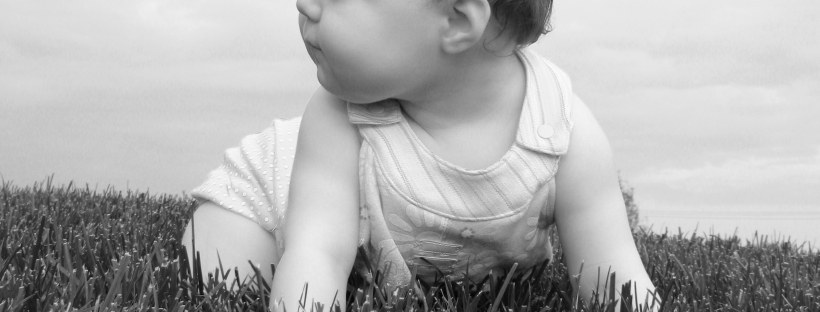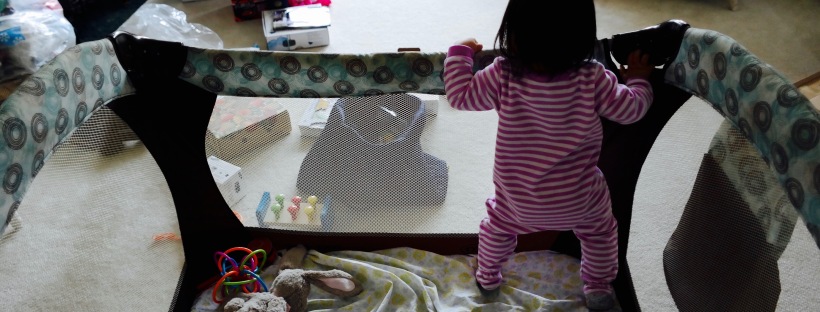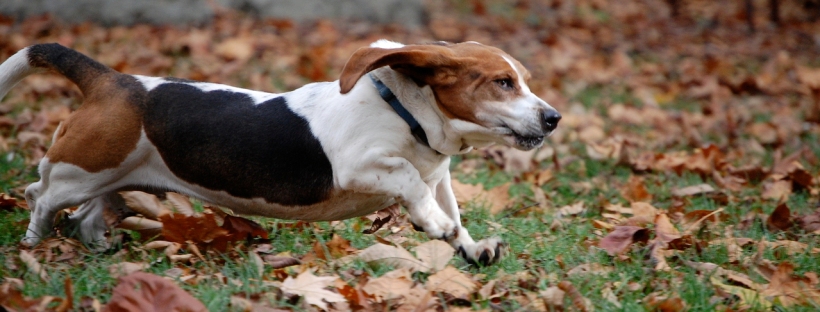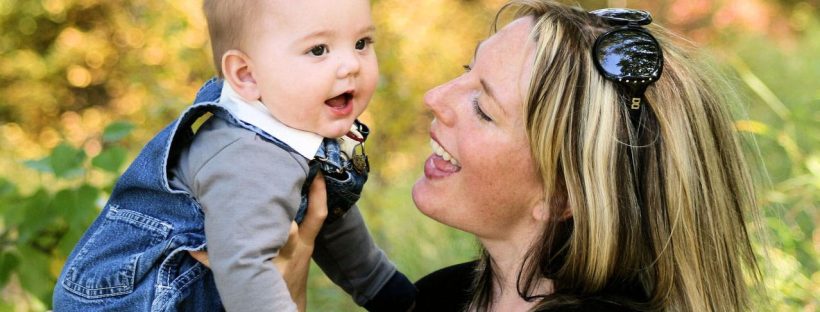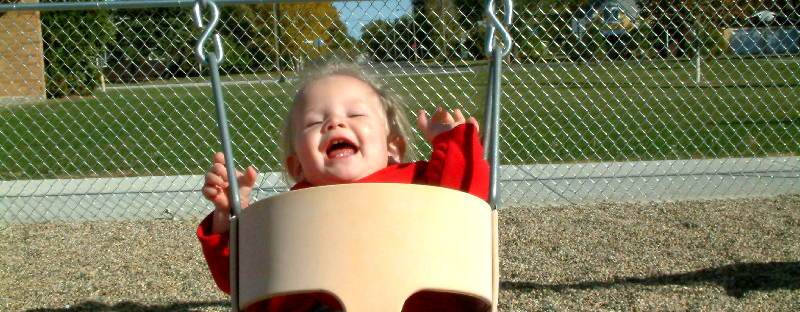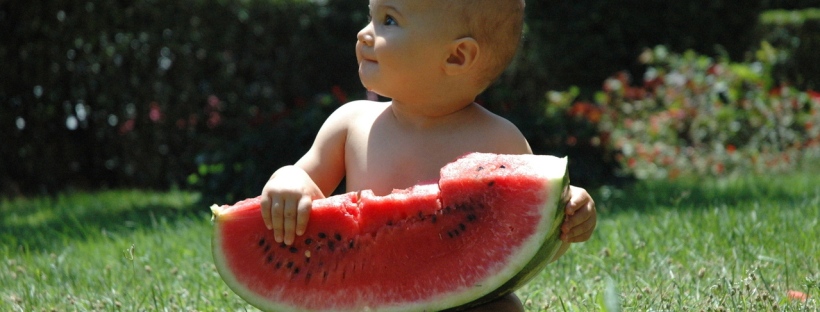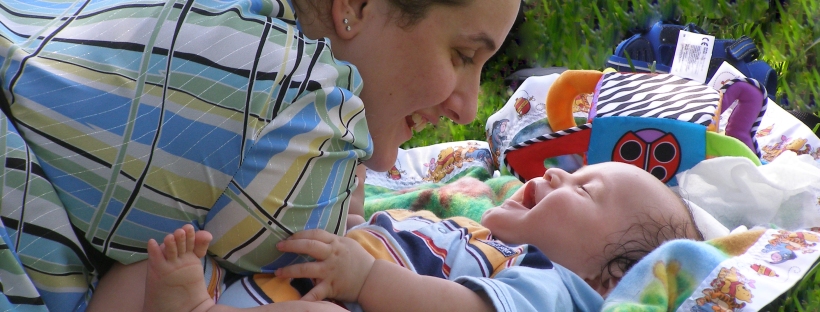Proprioception exercises for baby aims to let them feel or gain a sense of what their body will feel like in a certain movement (such as crawling, rolling) before actually doing the movement. It is useful to help teach baby what they can do or even help their movements become more efficient or inline. When your baby becomes more aware of a specific sensation or part of their body, they are more likely to use them.
If your little one has not yet crawled or is belly crawling or scooting, you can try this proprioception exercise. Take turns gently squeezing each of his knees, specifically the area he will bear weight when he is in the crawling position. Let him get a clear feeling of how his muscles and bones feel in this area. Do the same for his hands, specifically the palm or heel of his hands. Do this for at least 3-5 minutes.
9-10 Months
